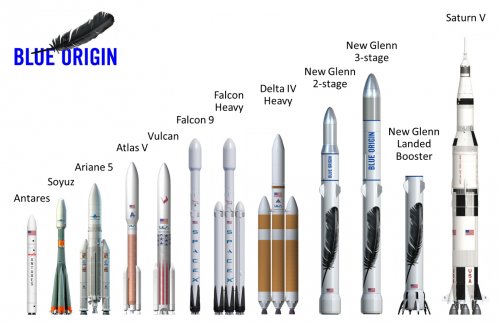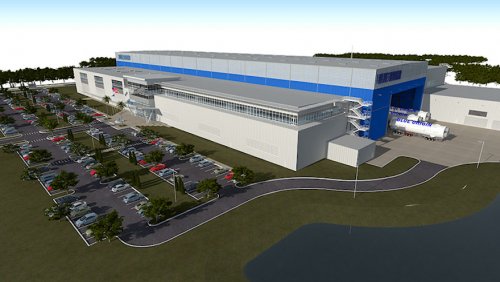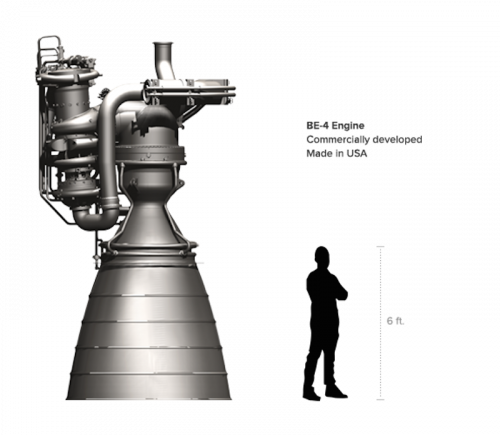- Joined
- 13 August 2007
- Messages
- 8,430
- Reaction score
- 10,940
now i get it why they separate the cargo/crew capsule
the Shephard landing under Maximum thrust deceleration, not very healthy for the customer
here one of experiments that have fly on this mission
View: https://www.youtube.com/watch?v=dugpPEp2y78
the Shephard landing under Maximum thrust deceleration, not very healthy for the customer
here one of experiments that have fly on this mission












